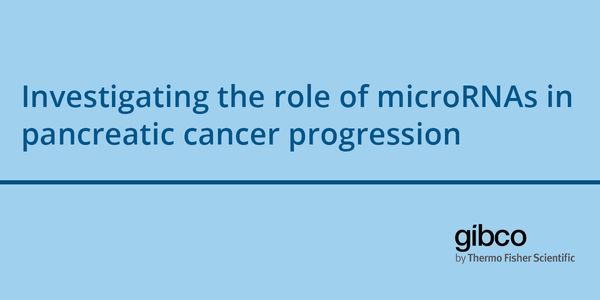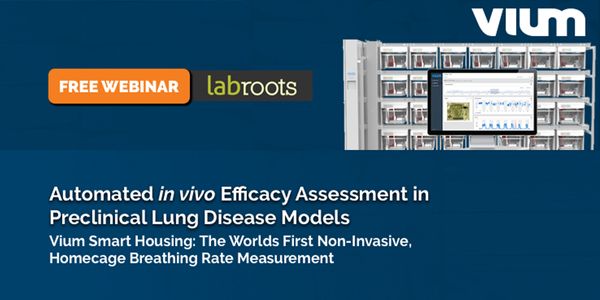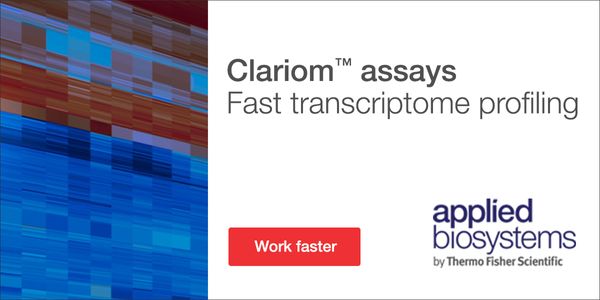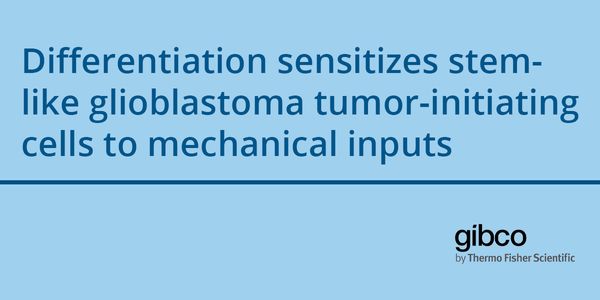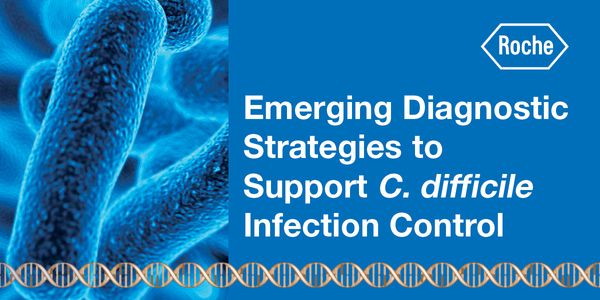Disease Modeling
Disease modeling is the use of a disease model, which is an animal or cells containing all or some of the pathological characteristics and mechanisms of a disease, to study that particular disease.
-
The Alkek Center for Metagenomics and Microbiome Research (CMMR) at Baylor College of Medicine is pursuing numerous research and development efforts in the study of how the microbiome impacts...
In the US, the National Antimicrobial Resistance Monitoring System has been using WGS of Salmonella as a tool of routine surveillance since 2013. To date, NARMS has generated MIC and WGS data...
Some bacteria can use an electrode as an electron donor for respiration, generating an electrical current in the process. We are trying to understand a bacterial community that uses electrici...
AUG 01, 2018 | 12:00 AM
Induced pluripotent stem (iPS) cells are a promising source of personalized therapy. These cells can provide immune-compatible autologous replacement tissue for the treatment of potentially a...
JUL 19, 2018 | 9:00 AM
DATE: July 19, 2018TIME: 09:00am PDT Pancreatic ductal adenocarcinoma (PDAC) is a deadly disease with a 5 year-survival rate of approximately 6%. Despite recent...
JUN 29, 2018 | 9:00 AM
DATE: June 29, 2018TIME: 09:00AM PDT, 12:00PM EDT There is significant epidemiological evidence to suggest that the consumption of a high-broccoli diet is associated with a r...
JUN 26, 2018 | 9:00 AM
Treatments for respiratory diseases represent an enormous, unmet medical need with limited therapies currently approved for use. Despite many compounds demonstrating beneficial effects in ani...
JUN 07, 2018 | 7:00 AM
DATE: June 7, 2018TIME: 07:00AM PDT, 4:00PM CESTIn this webinar, Prof. Greetje Vande Velde will give an overview of her work, which involves lung and brain infections. Dr Vande Ve...
The pharmaceutical industry’s productivity crisis is well known with >90% of drug candidates failing in clinical testing, primarily due to unexpected toxicity or lack of efficacy. &n...
MAY 22, 2018 | 8:00 AM
DATE: May 22, 2018TIME: 08:00AM PDT The nuclear receptors pregnane X receptor (PXR) and constitutive androstane receptor (CAR) are closely related transcription factors that...
We introduce a differential abundance analysis method for the analysis of sparse high-throughput data from large-scale surveys of marker genes for microbial communities. Our approach relies o...
There is increasing evidence that intracellular miRNAs play a role in the pathogenesis of many complex disease phenotypes. In addition, extracellular miRNAs in exosomes are emerging as...
Speaker:
Ulrich Broeckel, MD
, Amy Turner, BS
In this presentation I will describe results from a family study designed to identify the genetic cause for familial clustering of several early onset cancers. Data from next generatio...
Complex disease phenotypes - obesity, type II diabetes, and cancer challenge simple models in both evolution and biology. Examination of molecular networks and their dynamic behavior o...





